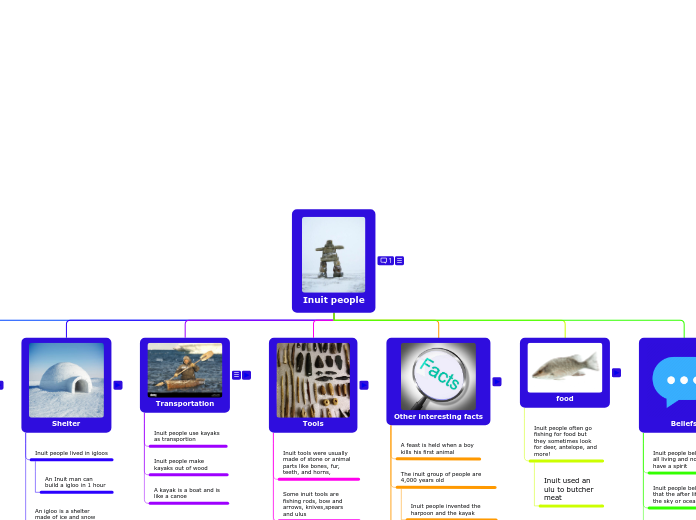Excerpts from the Malleus Maleficarum Text
Did it result in change?
More and more people started to believe there was a large population of witches in Europe, and that it was only growing. With this belief came a rising fear of what may start happening to people.
Overall, yes. After this book was published there were many people who began to seriously question witchcraft, and the problems it may have brought to the general population throughout Europe.
8. Which Questions Can This Source Answer? Which Can It Not?
When looking at it in modern times, it will give us answers as to how those suspected and accused of witchcraft were treated in Europe during this time.
It doesn't provide answers on how to protect yourself from witches if you don't believe or follow Christianity.
It gave believers and followers of the Christian religion information on how they could avoid being 'seduced' or 'cursed' by a witch.
It provided information to those who were curious as to how they could identify witches.
Piece of text taken from the Excerpts from the Malleus Maleficarum Text that conveys a common 'property' of a witch.
What does it reveal about the values and beliefs of the past?
How crude they would treat those accused of witchcraft + how socially acceptable is was to treat these individuals this way.
With this, the extremes humans would go to in order to eliminate any chances of being harmed through the forces of witchcraft.
The enormous stigma that existed around those (majority, if not all women) who fell under the criteria of a witch.
4. What Are The Big Ideas?
Their beliefs of the many threats posed on 'their kind' that witches, and those who supposedly practised witchcraft held.
How those individuals being held for accused witchcraft should be punished, and how that punishment is just to their actions.
How to identify an indvidual who may be practicing witchcraft.
3. How Does The Author Communicate Ideas?
Incorporates the beliefs of the bible and Christian faith to reach and communicate their ideas to their target audience.
Use of persuasive, proper language.
Additionally, associating witchcraft with the female gender (consistent use of she/her)
Text taken from the excerpts of Malleus Maleficarum Text that demonstrates such language.
Describing the 'personal traits' witches would have displayed, therefore Christian authorities would be informed and knowledgable when determining who was a witch.
2. Who Wrote It? Why?
Helped Christians who held authoritative positions when attempting to identify a witch, and how those accused and captured shall be prosecuted for their actions.
Written by Heinrich Kramer and James Sprenge, 2 German Monks in 1487.
H.K.
J.S.
1. What Does It Look Like? The image above is what the original Malleus Maleficarum looks like. (Encyclopedia Britannica 2023)
Transcribed and broken up into excerpts, in the form of a e-document.
A Hand-Written Book.
7. Whose Perspectives Are Omitted/Questioned/Challenged?
Beliefs of the general public towards witchcraft in Europe at this time.
Wiccans (as in those who actually followed and practiced witchcraft).
Other religions (within Europe) views and beliefs towards witchcraft.
Those who would fall under the criteria of 'witch'.
6. Whose Perspective Does It Reflect?
Beliefs on Witchcraft from a Christian perspective, thus meaning majority of Christianity followers at this time and in this region.
Line taken from Excerpts of Malleus Maleficarum text, displaying what type of beliefs were influencing this text.
The perspective of Monks Heinrich & James, the authors.
5. What Ideas Are Left Out?
Witchcraft from a perspective other than Christianity.
Men who may perform or be associated with witchcraft, and what their traits/ behaviours would be. As mentioned previously, the only usage of pronouns are with she/her.
What the qualifications are for an individual to not be identified as a witch.









